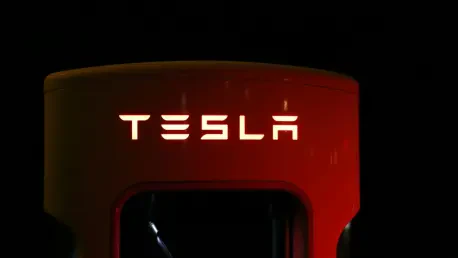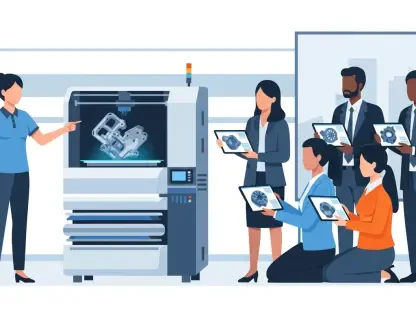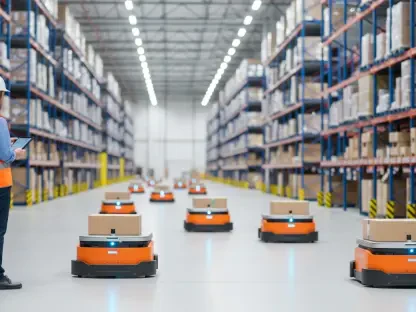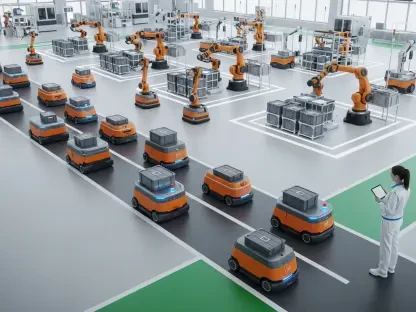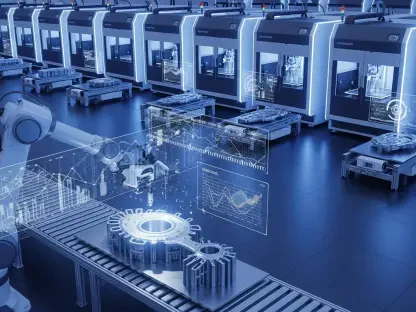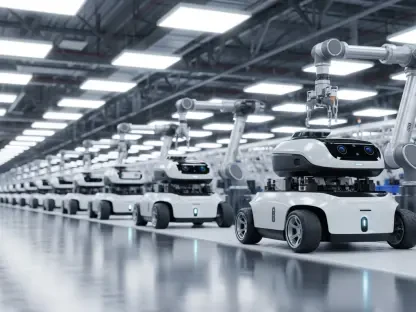I’m thrilled to sit down with Kwame Zaire, a renowned manufacturing expert with a deep focus on electronics, equipment, and production management. With his extensive knowledge in predictive maintenance, quality, and safety, Kwame offers a unique perspective on the evolving landscape of automotive technology, particularly in the realm of autonomous vehicles. Today, we’re diving into a high-profile case involving Tesla, where a massive $243 million damage award in a deadly crash has sparked intense debate about innovation, safety, and legal accountability in the self-driving car industry. Our conversation explores the intricacies of Tesla’s legal arguments, the implications of their Autopilot technology, and the broader impact on the future of automotive safety.
Can you walk us through Tesla’s reasoning for asking a federal court to overturn the $243 million damage award in this Miami crash case?
Certainly, Marie. Tesla is arguing that the jury’s decision was flawed due to what they call misleading tactics by the opposing lawyers. They claim the attorneys introduced irrelevant and prejudicial evidence, like bringing up Elon Musk in a way that might have swayed the jury emotionally rather than factually. Tesla also contends that they didn’t intentionally withhold critical data, such as video evidence of the crash, and that their initial oversight shouldn’t justify such a massive award. Essentially, they’re pushing for either a new trial or a significant reduction in damages, arguing the verdict doesn’t reflect the true balance of responsibility.
How do you interpret Tesla’s claim that allowing this verdict to stand could ‘chill innovation’ and impact road safety?
Tesla’s point here is that hefty penalties like this could make companies hesitant to develop and roll out new safety technologies. If manufacturers fear massive liability every time a driver misuses a feature, they might slow down or even abandon cutting-edge advancements. Tesla ties this to road safety by suggesting that without innovation—think advanced driver assistance or self-driving systems—progress in reducing accidents could stall. It’s a bold argument, framing their legal battle as a fight for the greater good, though critics might see it as a way to deflect accountability.
Let’s talk about the technology at the heart of this crash—Autopilot. Can you explain what went wrong in this specific incident?
In this tragic 2019 crash, the Tesla equipped with Autopilot was involved in a high-speed collision that resulted in a young woman’s death. The jury found that while the driver bore most of the blame for being distracted, Tesla shared responsibility because the technology failed to prevent or mitigate the accident. Tesla, however, defends itself by asserting that Autopilot isn’t designed to replace human oversight—it’s a driver assistance system. They argue the system performed as intended, but the driver’s inattention was the primary cause. It’s a complex issue because it highlights the gap between what the tech can do and what users might expect it to do.
There’s been significant criticism around the term ‘Autopilot’ itself. Why do you think this name causes so much controversy?
The name ‘Autopilot’ suggests a level of autonomy that the system doesn’t actually have, and that’s where the friction comes from. Critics, including the plaintiff’s lawyers in this case, argue it misleads drivers into thinking the car can fully drive itself, when in reality, it only assists with tasks like lane changes or braking. Other automakers use terms like ‘driver assist’ or ‘copilot’ to emphasize the driver’s role, which seems more transparent. European regulators have also flagged Tesla’s naming as potentially deceptive, questioning whether it sets unrealistic expectations. It’s a branding choice that’s sparked a lot of debate about user perception versus technical reality.
The driver in this crash admitted to being distracted by his cellphone. How does this play into Tesla’s defense strategy?
Tesla leans heavily on the driver’s distraction as a key part of their argument. They emphasize that their system comes with clear warnings—drivers must keep their eyes on the road and hands on the wheel at all times. In this case, the driver, George McGee, was looking for a dropped phone while speeding, which Tesla says directly contributed to the crash. His testimony about trusting the technology too much only underscores their point: the system isn’t a substitute for human responsibility. It’s a tough balance, though, because it raises questions about how much faith users should place in these tools.
Tesla had the chance to settle this case for $60 million but opted for a trial. What might have driven that decision from a strategic standpoint?
Choosing to go to trial instead of settling for $60 million—a fraction of the eventual $243 million award—likely reflects Tesla’s confidence in their technology and their desire to set a precedent. Settling could be seen as admitting fault, which might weaken their position in future lawsuits. By going to trial, they’re signaling a willingness to fight for their reputation and the integrity of their systems, especially at a time when they’re pushing hard into fully autonomous features like robotaxis. Of course, it’s a gamble—juries can be unpredictable, and the massive award shows the risk they took didn’t pay off as hoped.
During the trial, Elon Musk’s name came up, and Tesla argues this unfairly biased the jury. Why do you think this was such a sticking point for them?
Tesla’s concern is that mentioning Elon Musk, who’s a polarizing figure, could have emotionally charged the jury against the company. The opposing lawyers likely referenced Musk to paint Tesla as reckless or overly ambitious, especially given his public statements hyping up Autopilot and self-driving tech over the years. Tesla argues this was irrelevant to the facts of the crash and unfairly prejudiced the outcome. It’s a valid concern in a legal sense—juries can be swayed by personality more than evidence—but it also shows how Musk’s larger-than-life presence can be a double-edged sword for the company.
Looking ahead, what is your forecast for how legal battles like this might shape the future of autonomous vehicle development?
I think we’re going to see a lot more scrutiny and litigation as autonomous tech becomes mainstream. Cases like this set important benchmarks for how much liability falls on manufacturers versus drivers, and they could push companies to be more cautious with marketing and user education. We might see stricter regulations around naming conventions and clearer disclaimers to manage expectations. At the same time, the pressure to innovate won’t disappear—there’s too much at stake in terms of safety and market competition. My forecast is a tug-of-war: legal challenges will slow some aspects of deployment, but the drive for self-driving tech will keep moving forward, albeit with more guardrails—both literal and legal.
